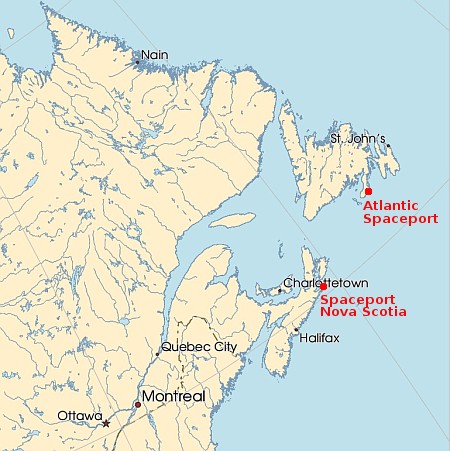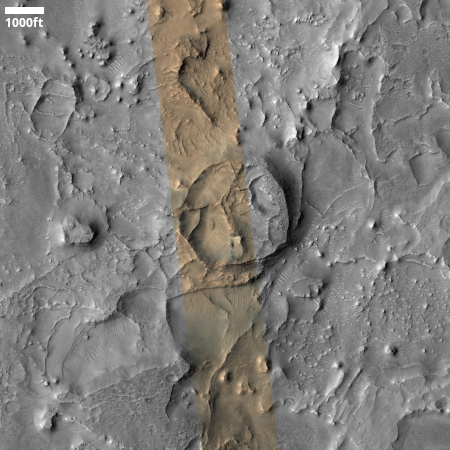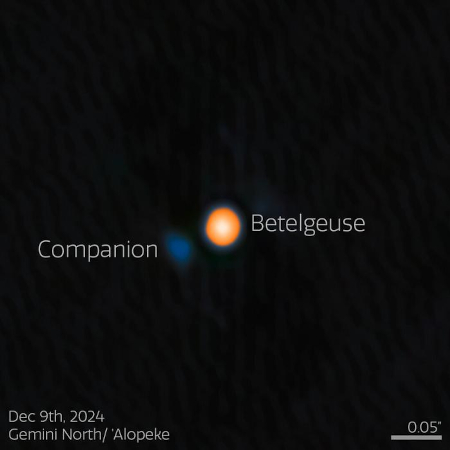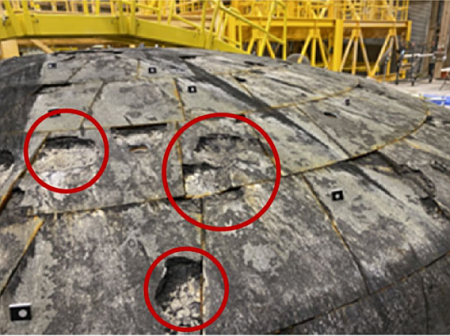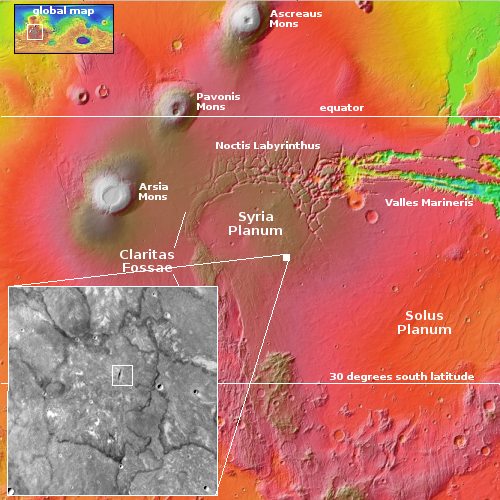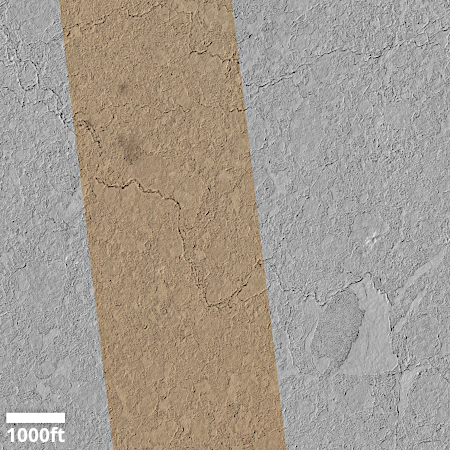Astrobotic’s Griffin lunar lander delayed again
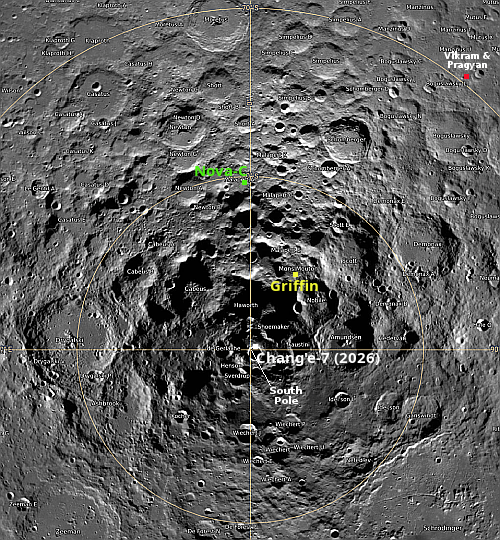
According to an update on the status of Astrobotic’s Griffin lunar lander posted on October 24, 2025, the company has now delayed the launch from the fall of 2025 to July 2026, apparently because the spacecraft is not yet assembled and its many components are still undergoing testing.
For example, none of Griffin’s four propellant tanks have yet been installed. Nor apparently has its core structure been fully integrated, with “tanks, ramps, attitude control thrusters, and solar panels” only now having completed “fit checks.”
The map to the right indicates the location where Griffin is supposed to land, about 100 miles from the Moon’s south pole. Nova-C, Intuitive Machines first attempt to soft land on the Moon, landed at the green dot, but failed when it fell over at landing. Intuitive Machines second lunar lander, Athena, also fell over when it landed in the same region that is now Griffin’s target landing zone.
Griffin has experienced repeated delays since the contract was issued to Astrobotic in 2020. The mission was originally supposed to launch in November 2023, carrying NASA’s Viper rover. In July 2022 however it was delayed one year to November 2024 because Astrobotic said it needed more time.
Sometime after the failure of Astrobotic’s first lunar lander, Peregrine, in January 2024, NASA once again delayed the Griffin mission, pushing it back another year to November 2025.
In July 2024 NASA canceled Viper, removing it as a payload from Griffin, because Viper was significantly overbudget and would not be ready for that fall 2025 launch. NASA however did not cancel Griffin. It appears however that Astrobotic wasn’t ready either for a launch in November, and thus this further delay.
Whether it will be ready by July remains unknown. Based on Astrobotic’s own update I have serious doubts. For a spacecraft that was supposed to originally launch in 2023, Griffin seems woefully unready now, two years past that date.

According to an update on the status of Astrobotic’s Griffin lunar lander posted on October 24, 2025, the company has now delayed the launch from the fall of 2025 to July 2026, apparently because the spacecraft is not yet assembled and its many components are still undergoing testing.
For example, none of Griffin’s four propellant tanks have yet been installed. Nor apparently has its core structure been fully integrated, with “tanks, ramps, attitude control thrusters, and solar panels” only now having completed “fit checks.”
The map to the right indicates the location where Griffin is supposed to land, about 100 miles from the Moon’s south pole. Nova-C, Intuitive Machines first attempt to soft land on the Moon, landed at the green dot, but failed when it fell over at landing. Intuitive Machines second lunar lander, Athena, also fell over when it landed in the same region that is now Griffin’s target landing zone.
Griffin has experienced repeated delays since the contract was issued to Astrobotic in 2020. The mission was originally supposed to launch in November 2023, carrying NASA’s Viper rover. In July 2022 however it was delayed one year to November 2024 because Astrobotic said it needed more time.
Sometime after the failure of Astrobotic’s first lunar lander, Peregrine, in January 2024, NASA once again delayed the Griffin mission, pushing it back another year to November 2025.
In July 2024 NASA canceled Viper, removing it as a payload from Griffin, because Viper was significantly overbudget and would not be ready for that fall 2025 launch. NASA however did not cancel Griffin. It appears however that Astrobotic wasn’t ready either for a launch in November, and thus this further delay.
Whether it will be ready by July remains unknown. Based on Astrobotic’s own update I have serious doubts. For a spacecraft that was supposed to originally launch in 2023, Griffin seems woefully unready now, two years past that date.


